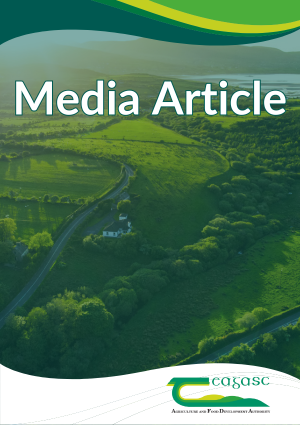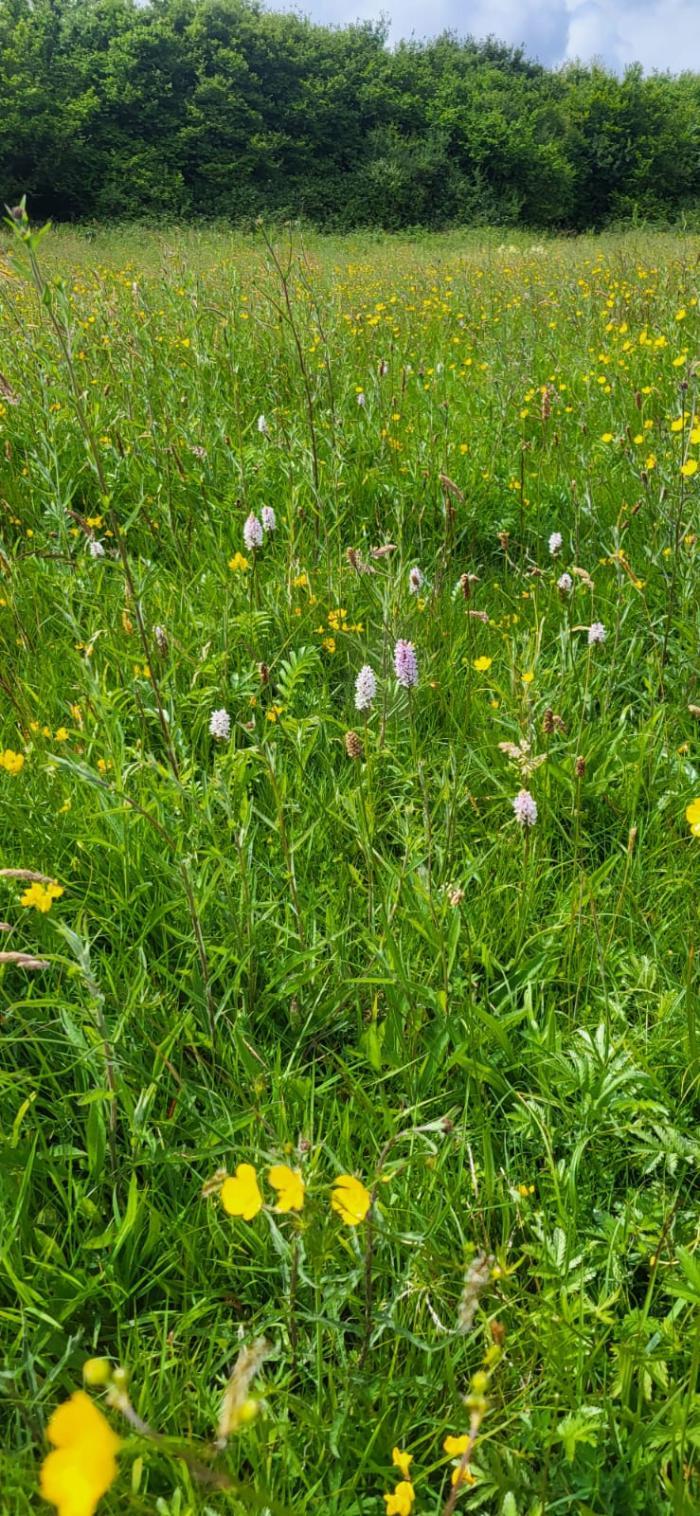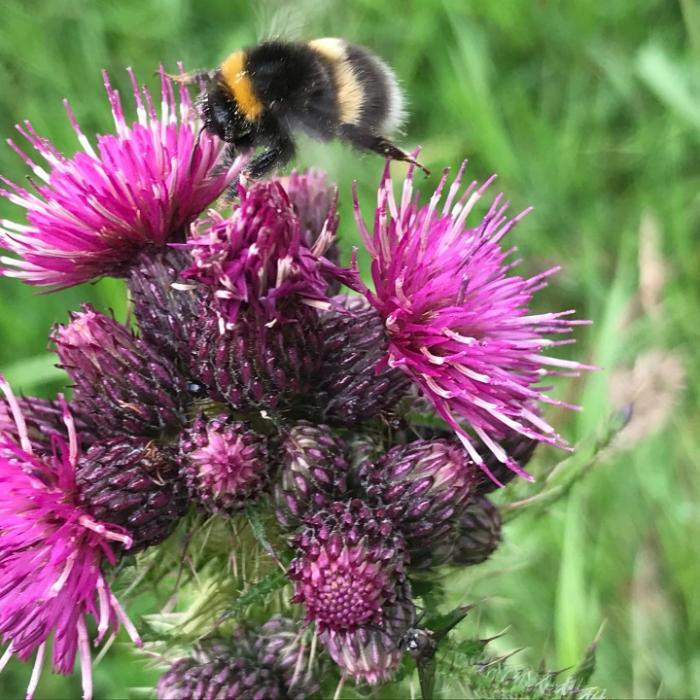
Take time now to think about how your ACRES low input grassland will score this year
Take time now to think about how your ACRES low input grassland will score this year 31 March 2025 Type Media Article Martina Donnelly, B&T Drystock Adviser, Teagasc Galway/Clare Many farmers participating in ACRES would have recently received their low input grassland (LIG) scorecard results from last year with many asking what they can do […]
By Martina Donnelly, B&T Drystock Adviser, Teagasc Galway/Clare

Take time now to think about how your ACRES low input grassland will score this year
Type Media Article
Martina Donnelly, B&T Drystock Adviser, Teagasc Galway/Clare
Many farmers participating in ACRES would have recently received their low input grassland (LIG) scorecard results from last year with many asking what they can do to improve their scores so as to receive a better annual payment. Approximately 100,000ha of LIG were selected by farmers under the Agri-Climate Rural Environment Scheme (ACRES).
These fields were chosen for LIG for a number of reasons but mainly they are areas of older permanent grassland on farms. They are generally dominated with grass species other than ryegrass and often used for making hay. While often treated with minimal inputs such as low amount of chemical, organic fertilisers and herbicides, they are generally fields with a high biodiversity and ecological value. They generally have better soil structure, minimise risks to water quality and act as a carbon sink, helping to mitigate against climate change.
All farmers participating in ACRES received a farmland plant identification key booklet at the start of their ACRES contract. This booklet is divided into four sections – positive grassland indicators, positive peatland indicators, negative indicators and invasive alien species. The booklet is a useful guide for farmers to identify if they have some of these positive indicators on their land and to identify some of the negative indicators. Flora Incognita and Picture. Those two apps can be downloaded to your phone and can aid with identifying plants on the farm.
While it may be, still early with only primroses in flower presently there are a number of actions that you can work on in order to improve your score on your low input grassland fields. Appropriate grazing management is hugely important for this type of grassland, as it helps in preserving the plant diversity. Overgrazing and also under grazing can have a negative impact negatively on these grasslands. Prevent overgrazing by maintaining an appropriate stocking rate throughout the grazing season. Overgrazing can damage the sward, reduce plant diversity and lead to poaching and soil compaction, which can impact, on the species diversity of the sward. Under grazing can result in the overgrowth of rank vegetation as it allows certain species to outcompete others, leading to a dominance of coarse grasses and a reduction in plant diversity. The LIG areas should form part of the grazing rotation on your farm, as this will allow these areas to recover and regenerate again promoting a more diverse range of plant species.
The LIG areas should not be routinely topped as it can reduce the growth and regrowth of some of the indicator plant species. The practice of applying herbicides in areas of LIG is to be avoided as it have a hugely negative impact on the diversity and number of plant species.
As a reminder, fields are assessed through a range of questions on a scorecard and given a quality score. The LIG payment received is linked to the quality of the environmental outcome delivered rather than particular rules or actions. The scorecards contain a range of questions that must be answered. The number of positive indicators and also the proportion of the field that is taken up by all the positive indicators is also considered. The level of cover of these indicator flowering plants is also important. Where they are dominant, or over 50% of the field, the maximum score of 25 is awarded, but if they only cover 5% of the field, no marks are awarded for cover. Not all flowers are positive indicators.
Vegetation structure is also assessed. A good structure is where the sward in over 50% of the field has a variety of taller and/or shorter sward with medium height sward throughout, with positive indicator plants flowering. Such good vegetation structure is awarded the maximum 25 marks. Both overgrazing and under grazing are penalised, as they do not provide habitats where biodiversity can thrive.
Threats and pressures include the expansion of immature scrub, bracken, invasive alien species, bare soil and erosion and artificial drainage. Where these threats and pressures are not evident, you gain up to 25 marks, but their presence is negatively marked. Damaging activities to vegetation or soil are penalised, even where a small area is affected .Any evidence of damage to watercourses is also negatively marked.
The payment rate is based on how it scores, up to a maximum of €450 per hectare, including the bonus of €50 for late-mown meadows.
With this in mind, dig out your ACRES booklet and refresh your memory before scoring begins again in early summer.

ACRES Positive Indicator Species

